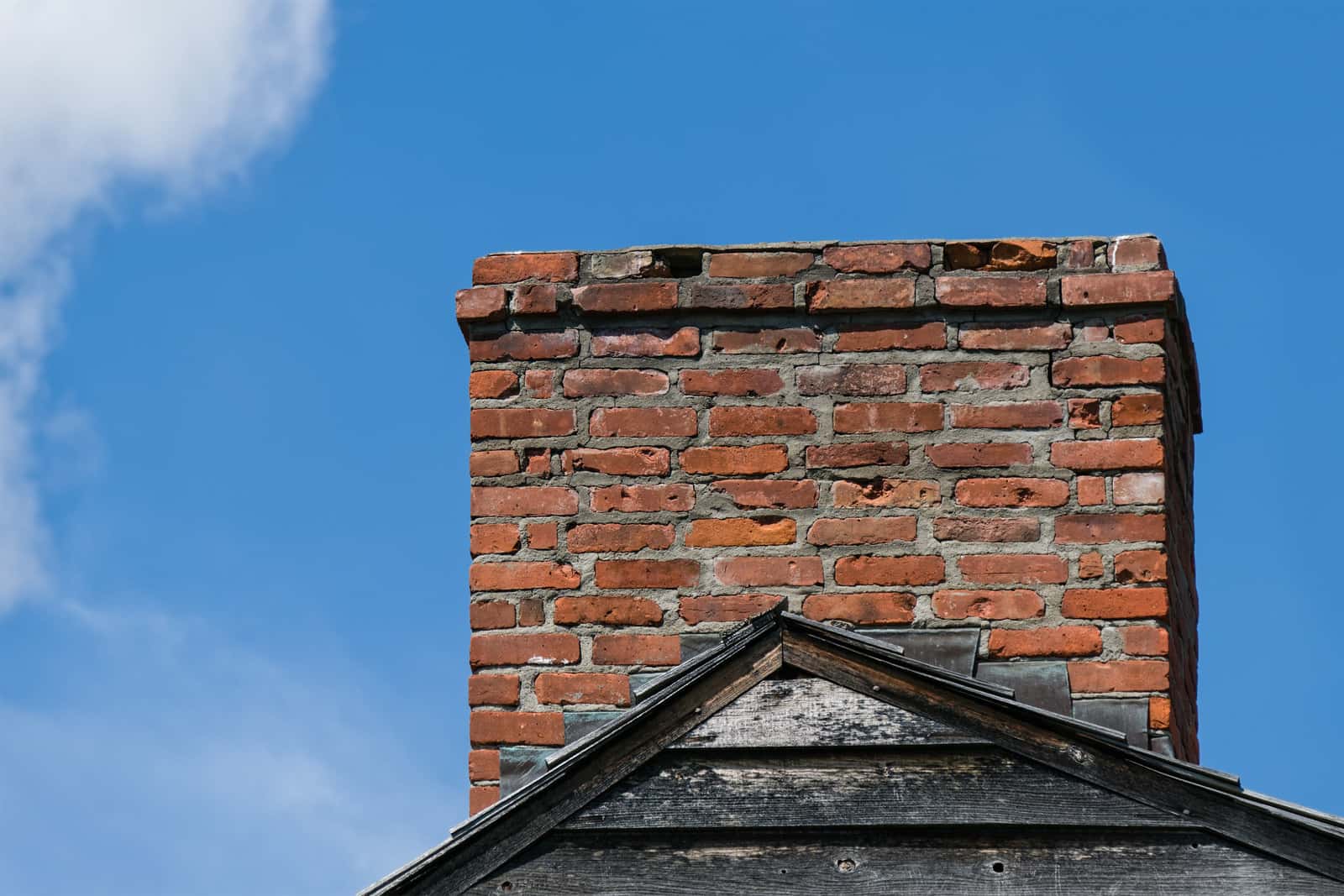Ioshka Media
May 1, 2024
Chimneys have a long and fascinating history, evolving significantly from their early beginnings. Here’s a look at the history and evolution of chimneys:
- Ancient Times: The earliest chimneys were simple holes in the roof of a dwelling, allowing smoke to escape. These were commonly found in ancient Roman and Greek homes. The design was primitive, but it served the purpose of venting smoke from indoor fires.
- Medieval Period: In medieval Europe, chimneys began to appear in castles and large homes. These early chimneys were made of stone and were large and inefficient by modern standards. They were typically built into the walls and featured large, open hearths.
- Renaissance Era: The Renaissance brought advancements in chimney design. Brick became a popular material, and chimneys were built taller and more efficient, improving airflow and reducing smoke. The development of the flue system allowed for better draft control and smoke management.
- Industrial Revolution: The Industrial Revolution saw significant improvements in chimney technology. Factories and homes utilized chimneys to vent smoke and gases from coal-burning stoves and fireplaces. This period also saw the introduction of chimney sweeps, who were essential for maintaining clean and safe chimneys.
- Modern Day: Today’s chimneys are designed with safety and efficiency in mind. Modern materials and construction techniques ensure that chimneys are durable and effective at venting smoke and gases. Innovations such as chimney liners, caps, and dampers have further improved chimney performance and safety.
Understanding the history of chimneys gives us insight into their importance and evolution. For professional chimney services, contact Chimney Sweep Masters at +1 (310) 919-4862.
